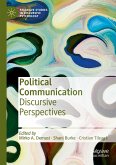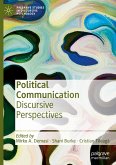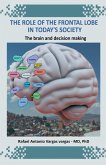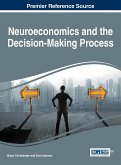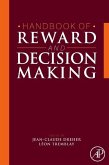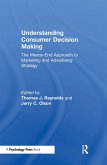The decisions that humans make in daily life often involve choosing amongst outcomes that are not certain. From simple choices about what to eat or wear to potentially serious health or financial decisions that can significantly impact our lives, the consequences of our choices can rarely be predicted with absolute certainty. Economists have long distinguished between two classes of non- certain outcomes: those in which the probability of an outcome is known (risky) and those in which the probability of an outcome is unknown (ambiguous) (Ellsberg, 1961; Knight, 1921). An example of a risky outcome might be choosing a poker chip from a bag that is known to contain 30 blue chips and 70 red chips. In this scenario, the odds of winning and losing are explicitly known in advance.
Hinweis: Dieser Artikel kann nur an eine deutsche Lieferadresse ausgeliefert werden.
Hinweis: Dieser Artikel kann nur an eine deutsche Lieferadresse ausgeliefert werden.


